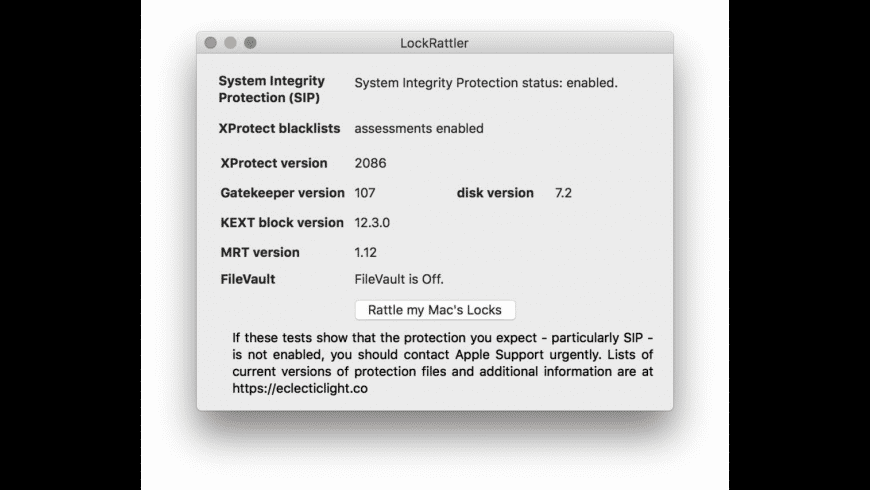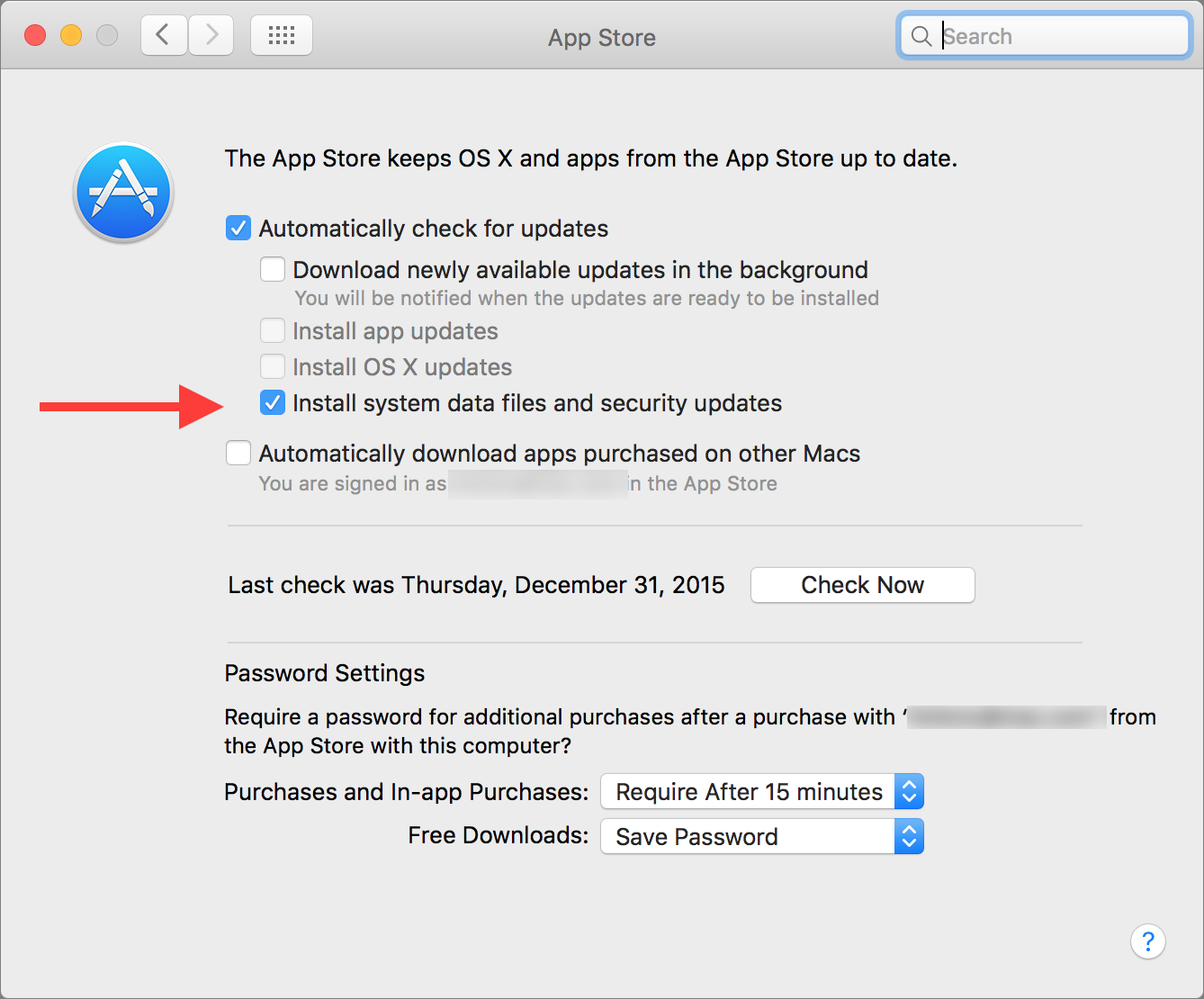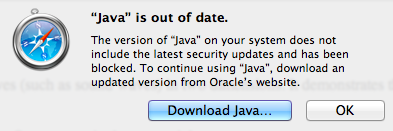Posted on May 18, 2020
Download software. Welcome to the Download section, where you can download Milestone software and device packs in the version and language you need. Milestone XProtect® make use of HEVC/H.265 technology licensed under an HEVC Advance Patent Portfolio License. XProtect 2146, 14 May 2021 Summary of important security fixes in macOS, 11.3.1 and Security Updates, Safari 14.1 Big Sur 11.3.1, 3 May 2021 XProtect 2145 and MRT 1.78, 29 April 2021 Big Sur 11.3, Catalina Security Update 2021-002, Mojave Security Update 2021-003, 26 April 2021 XProtect 2144 and MRT 1.77, 15 April 2021 XProtect 2143, 1 April 2021.
Mac malware threats are now increasing more rapidly than their Windows counterparts. With threats to macOS growing more prevalent and sophisticated, many users are starting to wonder if Apple’s native security features are enough to keep them safe.
This site contains user submitted content, comments and opinions and is for informational purposes only. Apple may provide or recommend responses as a possible solution based on the information provided; every potential issue may involve several factors not detailed in the conversations captured in an electronic forum and Apple can therefore provide no guarantee as to the. In macOS 10.15 or later, XProtect checks for known malicious content whenever: An app is first launched. An app has been changed (in the file system) XProtect signatures are updated. When XProtect detects known malware, the software is blocked and the user is notified and given the option to move the software to the Trash.
In this article, we’ll examine one of these built-in Mac protections: XProtect. We’ll take a look at what XProtect is, how it works, and how it stacks up against third-party anti-malware solutions.

What is XProtect?
XProtect is Apple’s basic malware detection service for macOS, part of the Gatekeeper security feature. XProtect scans downloaded files for signs of malware. If it discovers anything suspicious, it will alert the user so that they don’t accidentally launch a malicious program.
How does XProtect work?

XProtect works by comparing the downloaded file to its database of malware definitions. XProtect attempts to match the contents of the file to the “signatures” of known malware. Malware signatures are algorithmically generated strings created from samples of malicious code; they serve as a kind of “digital fingerprint” that can be used to identify malware. XProtect also makes use of YARA rules, which describe malware families according to shared code or text patterns.
Older versions of XProtect only checked files downloaded by specific applications frequently used for this purpose (Mail, Safari, etc.), but would ignore files downloaded by other means. However, as of macOS 10.15 (Catalina), all executable files are scanned by default.
Is XProtect good enough?
Apple has made significant improvements to the security and privacy features in macOS, most recently with a series of enhancements that were rolled out in Catalina. But while some people will tell you Apple’s tools are enough to keep you safe, things aren’t quite that simple.
It’s pretty clear that XProtect is only intended for basic protection against well-known threats. In the past, XProtect was notorious for going long stretches without any significant updates to its malware definitions — and even now, it still isn’t updated with the regularity of third-party malware detection tools. On the one hand, that makes perfect sense, especially when you consider that these third-party tools are backed by dedicated malware research teams whose job is to study the state of Mac malware in real time. But it also means that XProtect may fail to detect new malware families, or variants of older malware that have been altered just enough to fool its detection rules.
In addition, many Mac threats inhabit something of a “gray area” in terms of whether or not they’re actually considered malicious by Apple; and also in terms of how seriously they’re taken as threats. This can include things like Potentially Unwanted Programs (PUPs), adware, and cryptocurrency mining software. While these may not be considered “top priority” threats for the Apple security teams that update XProtect, they’re definitely not anything you want running on your system. They can be annoying and resource-intensive, for one thing. But beyond that, there is evidence that they can also lead to more serious issues that impact user privacy and security.
Lastly, XProtect is designed to be a fairly simple, single-use tool. Third-party malware detection apps, on the other hand, provide additional functionality and features that many users find helpful. Some examples include full-scale malware removal (not offered by XProtect, although macOS does come with a basic malware removal tool called MRT); the ability to schedule and conduct regular system scans (as opposed to only scanning files at download time); as well as privacy and performance features like tracking cookie blacklists and cache cleanup.
What about third-party tools?
Xprotect Apple
There are several robust anti-malware apps built specifically for macOS. Using our own MacScan 3 as an example, it’s clear that while XProtect provides some basic protection, it doesn’t have quite as much to offer as a full-featured malware detection and removal tool:
XProtectMacScan 3Malware detection Yes YesFast and lightweight Yes YesDefinition updates Less FrequentRegularDefinition database LimitedXprotect Mac Download
ComprehensiveAdware detection LimitedYesCryptominer detection Limited YesMalware removal NoYesTracking cookie blacklist NoYes Internet clutter cleanup NoYesOnline support NoYes
Internet clutter cleanup NoYesOnline support NoYesOf course, we’re not exactly objective observers here, and we’re not pretending to be — nor do we want to imply that our malware removal tool is the only option available (there are several other excellent anti-malware tools for Mac).
However, it’s worth noting that many of the malware detection and removal apps for macOS (ours included) were developed in response to the demands of Mac users themselves. These were Apple “fans” through and through — but they still found the Mac’s default security features lacking. And if anything, there’s arguably more of a need for dedicated third-party tools today than ever before, considering the dramatic rise in threats targeting Apple platforms.
Does your Mac need antivirus protection?
XProtect is definitely better than nothing at all, and it has received some improvements and updates over the past year. But most people should still be using full-featured malware detection tools on their Macs.
This is true even if you’re a relatively “low-risk” user. If you don’t get online much, and then only to visit a handful of safe, well-known websites; if you never download apps from outside of the Mac App Store; if you have complete confidence in your ability to spot every single malicious link, phishing scam, or social engineering tactic … things can still slip through the cracks. The most secure of websites can be compromised and used to attack visitors. Bad things have made it into the App Store before, and malicious actors sometimes use stolen or fraudulent Apple Developer credentials, meaning that even the “walled garden” isn’t guaranteed to be safe. Plus, new malware variants crop up all the time, often before XProtect has time to update its malware definitions.
And when we’re talking about users who are just a little bit higher risk, all bets are off. This includes people who frequent the kinds of forums, cryptocurrency exchanges, and torrent sites that often harbor malware; folks who may not be technically savvy enough to spot all of the different tricks and scams that hackers use; people who enjoy trying out third-party Mac apps which can only be downloaded from indie developers; or those who simply spend lots of time online, increasing the likelihood that they’ll eventually bump into something nasty.
In all of these cases, a reputable, regularly-updated malware detection and removal tool will provide much better protection than XProtect alone.
Of course, there are no “magic bullets” in cybersecurity. The best antivirus product in the world won’t keep you safe if you give someone your online banking password over the phone; or if you take random commands you found on the Internet and type them into Terminal without knowing what they do. But when used in combination with other fundamental best practices — strong passwords, cautious web browsing, two-factor authentication, regular updates, and so on — a robust malware detection tool can greatly improve a Mac user’s personal security posture.
As per security research firm Sentinel One, a notorious Mac Malware has resurfaced. And, it is more dangerous than ever as it is also able to invade Mac’s lines of defense – Gatekeeper, and XProtect. More than 150 strains of AdLoad have been observed ever since November 2020. Although there has been a steep rise in the strains especially in July and August 2021.
🔥 New on SentinelLabs! #AdLoad is a common #adware threat afflicting #macOS , undetected by #apple‘s XProtect. Learn how to detect this widespread browser hijacker, its infection pattern, and indicators of compromise. By @philofishalhttps://t.co/4k3zJBOUFy#infosec#security
— SentinelOne (@SentinelOne) August 11, 2021
In this blog, we’ll discuss the AdLoad Malware in greater detail, and not just that we will even have a look at some preventive steps, you can take to keep AdLoad malware at bay.
What is AdLoad Malware? How Does It Work?
AdLoad is a well-known Trojan that has been troubling Apple for years now. It was first spotted in 2017 and ever since then, it has also been able to deceive Mac’s notarizing defenses as well.
Here is how it works –
It attacks a system by the way of a backdoor and then downloads and installs PUPs (potentially unwanted programs) or adware. This malware doesn’t just stop there, it can also steal and transmit information about the infected machine. It then sends the stolen information to the remote servers operated by hackers.
Once AdLoad Malware is installed on a Mac, it installs a Man-In-The-Middle web proxy that further hijacks search engine results. It also injects adware for monetary gains.
Why Is AdLoad Able To Get Past XProtect and Gatekeeper
Many strains of AdLoad Malware can get past Mac’s own Malware XProtect for the simple reason that many AdLoad strains don’t match the malware profiles present in XProtect’s database.
Then, there are new AdLoad malware strains that are signed or notarized by Apple developer certificate and they are, therefore, able to pass Apple’s Gatekeeper
Need of The Hour
Apple needs to add further endpoint security controls to Mac devices, the reason being that there are several hundreds of samples of malware like the ones mentioned above that can get past Apple’s built-in security scanners.
How To Protect Your Mac From AdLoad Malware
Download Anti-Malware for Mac
Apart from just relying on Macs for security measures, you should invest in an Anti-malware utility for Mac.
McAfee Total Protection, for instance, is one of the best Anti-malware utilities for Mac available. It is constantly upgraded with the latest malware database. Therefore, the chances of any malware deceiving it are next to none.
McAfee Total Protection– Features
- Protection from various kinds of malware, spyware, and adware
- Thoroughly scans your Mac for critical sections and even selected files and folders
- The database of McAfee Total Protection is updated with the latest malware strains.
- The interface is simple, straightforward, and easy to use.
- Dedicated tools for top-notch web security.
- Comes with a powerful VPN functionality to mask your identity online.
Avoid Downloading Content From Unauthorized Websites
Do not download files, software, or any content from unauthorized websites. You should also avoid downloading any content from peer-to-peer networks. These are the places where hackers upload malicious content and deceive unsuspecting users into downloading such content.

Uninstall Any Recently Installed Apps
In case you notice any apps that you didn’t install, promptly get rid of them. Make sure that no remnants of such apps still loom around in your Mac. We have outlined some very effective ways you can do just that.
Remove AdLoad Agents and Daemons
As SentinelOne researchers have found that AdLoad installs a persistence agent in a user’s Library Launch agents. Here’s how some of them can be removed –
1. Head to the Finder
2. Click on Go > Go to Folder
3. Search for
~/Library/LaunchAgents/com.<label>.service.plist
/Library/LaunchDaemons/com.<label>.system.plist
~/Library/Application
Support/.[0-9]{19}/Services/com.<label>.service/<label>.service
/Library/Application
Support/.[0-9]{19}/System/com.<label>.system/<label>.system
4. Right-click on each of these and then click on Move to Trash
Say No To Any Additional Software That Comes Bundled
Macos Ransomware
As we can see, AdLoad installs several PUPs and then adware. So, as a preventive measure, after downloading a file or app, be very careful of the content, and if asked to download additional software, it is best to avoid it.
Wrapping Up
With new strains of Mac malware pouring in, even Apple is struggling to put its best foot forward. The need of the hour is to be extremely careful and take preventive steps such as having an Anti-malware utility and not downloading apps from suspicious and unauthorized sources. If you liked the content, do give it a thumbs up and share it with your friends and family.
Releted Topics
Xprotectservice

Xprotectplistconfigdata
- Best Way To Remove Malware And Virus From Mac >
- How To Detect and Remove Spyware On Mac >
- Best Adware Removal Tool For Mac In 2021 >